Take It Easy! Slow Gardening Is The Low-Stress Philosophy You (And Your Plants) Need This Summer
Slow down this summer with the slow gardening trend. Find out how you can rest, relax, and reconnect with nature to grow a better garden.


Laura Walters
Summer is the time to rest, relax, and reconnect with nature. Gardening is the perfect way to do that. But as gardeners know, our favorite hobby that’s meant to help us de-stress can sometimes end up having the opposite effect.
The middle of summer is typically when I start to have garden-related stress dreams—pests, deer, and disease haunt my nights. If you’ve ever experienced the same, then there’s a new gardening philosophy that could help you get a better night’s sleep and enjoy your waking hours in the garden, too.
Slow gardening is the latest low-maintenance landscaping trend. It’s a new gardening movement that takes some of its inspiration from the past. Instead of hurrying about doing unproductive or repetitive chores, it focuses on mindfully doing meaningful tasks. It takes advantage of seasonal norms and forces the gardener to make satisfying choices when it comes to their landscape.
The goal is to focus your energy on productive tasks and slow down and appreciate your landscape. Though, this effect isn’t achieved overnight. You will have to take stock of your garden, start minimizing fruitless endeavors, and aim your energy on those that will provide the most benefit. Learn how to adopt the slow gardening philosophy yourself and enjoy a restful growing season this summer.
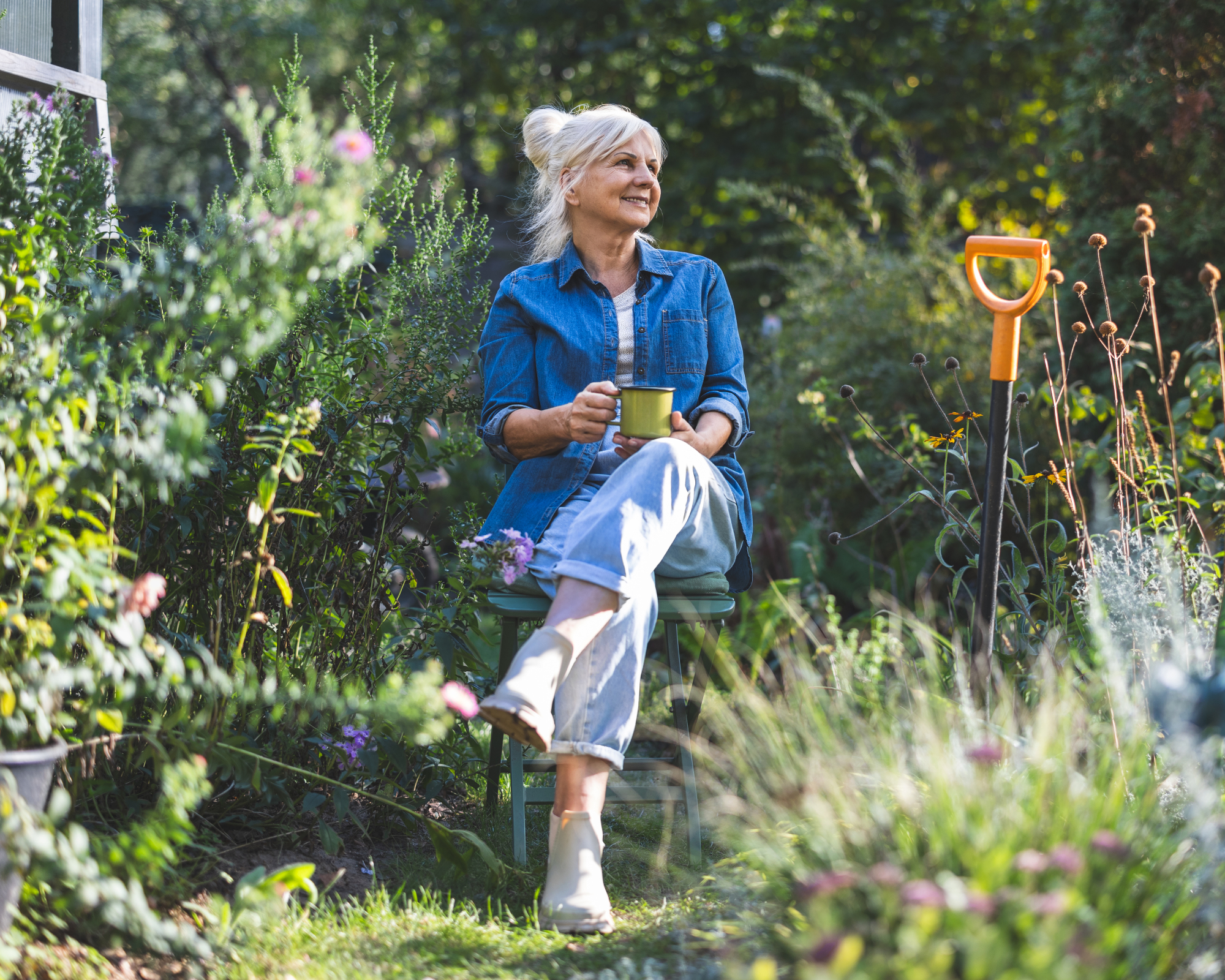
What Is Slow Gardening?
Slow gardening might also be termed as “mindful gardening” or “meditative gardening.” As you contemplate your landscape and the ways in which you use it, laser in on maximizing what you want from the garden.
Slow gardening minimizes waste, both in materials and in effort. It is a sustainable gardening practice that is approached with consideration and planning.
Rather than run about willy-nilly trying to keep the lawn weed-free and perfect or having the most rigidly trimmed hedge, instead loosen up and consider alternatives to high-maintenance plants and methods.
Sign up for the Gardening Know How newsletter today and receive a free copy of our e-book "How to Grow Delicious Tomatoes".
Slow Gardening Principles
The key principles of slow gardening are simple and have many benefits outside the garden, too:
- Mindfulness
- Being present
- Using local resources
- Using hand tools when possible
- Practicing no-dig planting
- Emphasizing seasonality
- Use small, simple solutions to garden problems
- Sustainability
- No waste or low waste
- A personal connection to your landscape
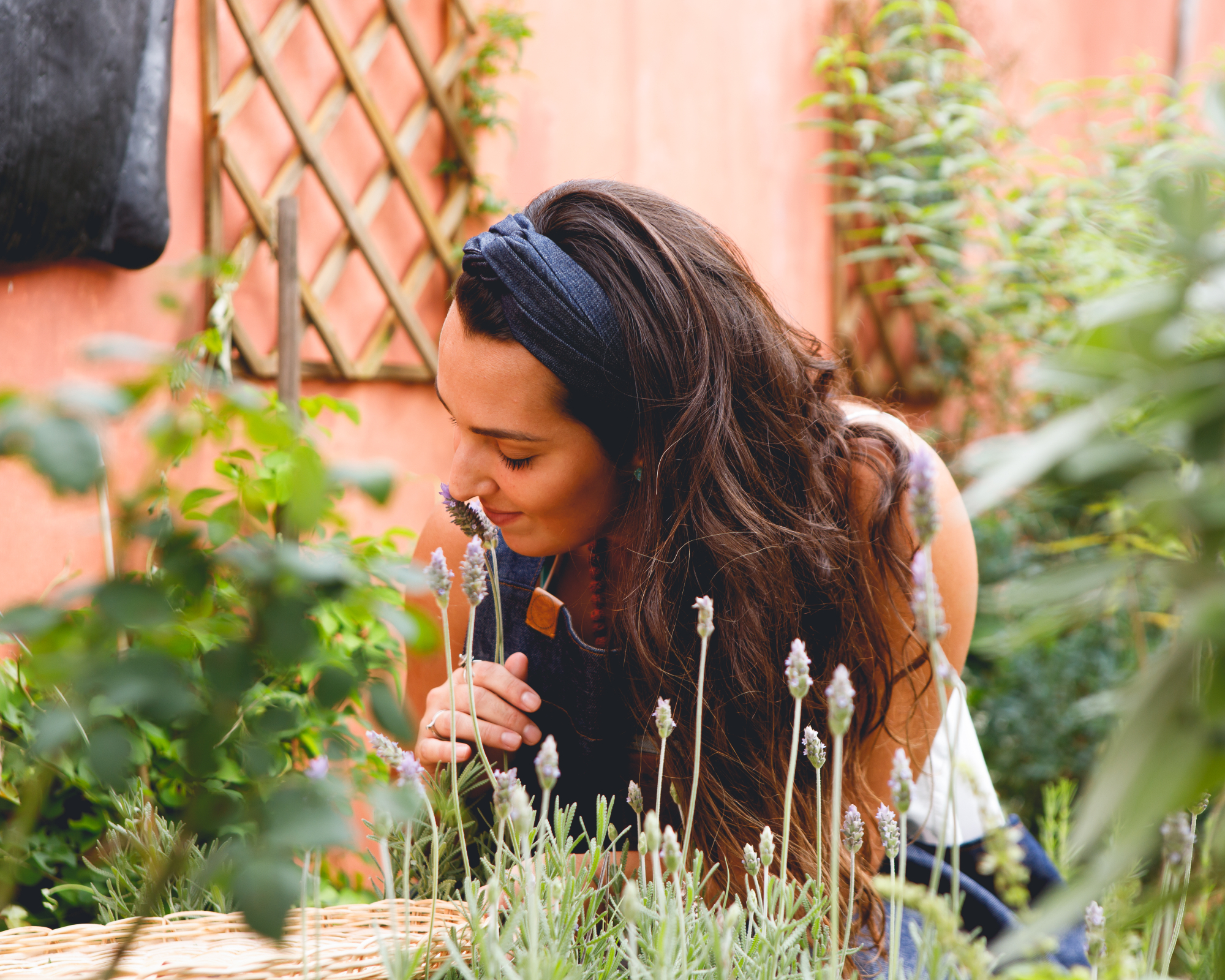
With slow gardening, the gardener approaches their landscape with patience and reflection, developing habits and systems that maximize existing structure.
If done right, the gardener will avoid overwatering, excessive pesticide use, and minimal fertilizing. You can achieve this by following a few simple gardening practices:
- Right plant, right place
- Fertilize appropriately
- Minimize watering
- Mulch
- Attract wildlife
- Manage pests responsibly
- Reduce stormwater runoff
- Protect natural water bodies
- Recycle yard waste
How to Try the Slow Gardening Trend
To try out the slow gardening trend in your garden, follow these easy ideas that will make your landscape more sustainable and your life in the garden much less hectic.
1. Keep a journal
Since slow gardening is an intentional practice, it is good to keep records. Keep a garden journal detailing weather patterns, growth successes and failures, what was planted when, and other pertinent details about your landscape. You can find lots of adorable garden journals on Amazon or reuse a notebook you already own.
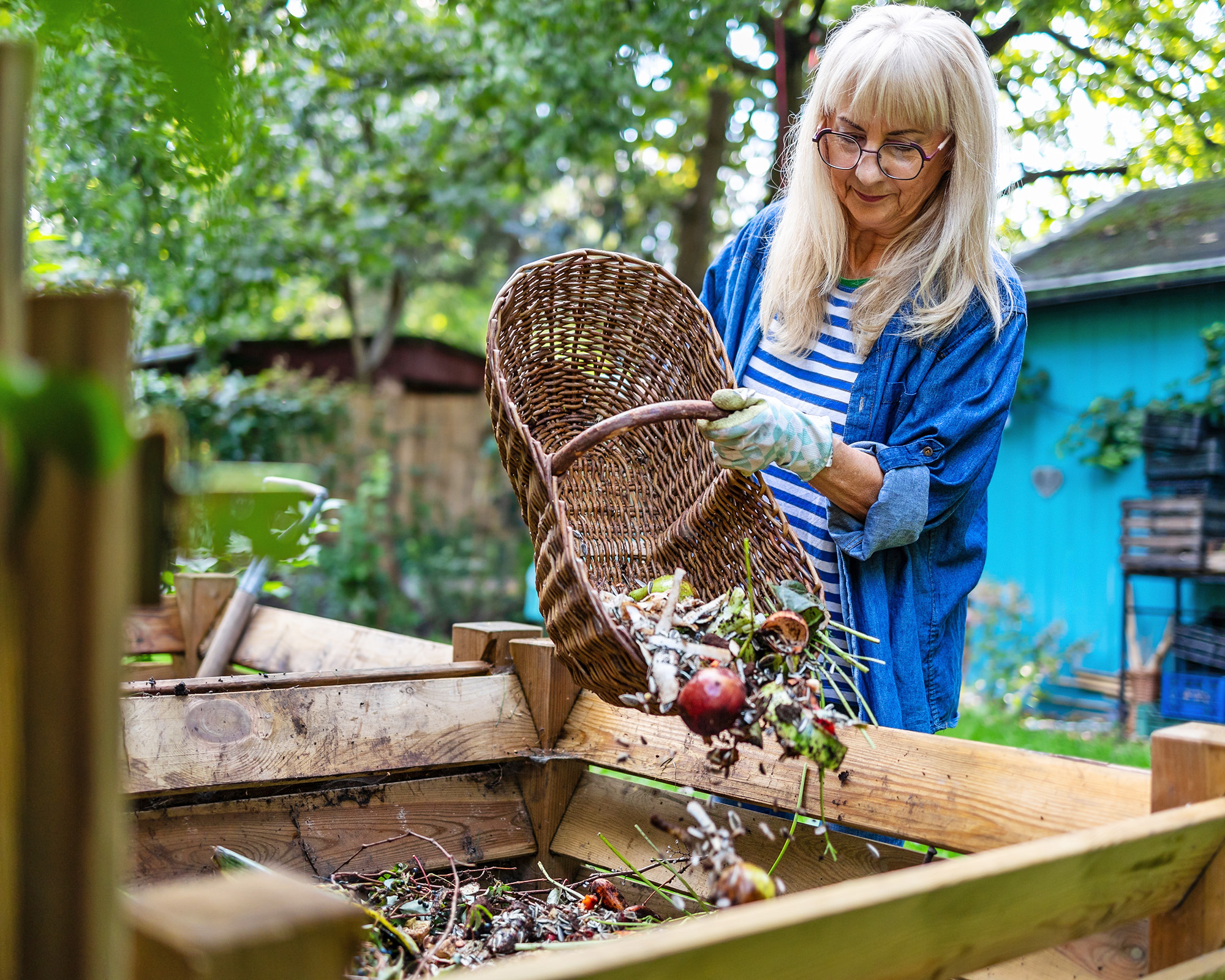
2. Reduce waste
Reduce waste in your garden by using the resources you already have or recycling items from the thrift store or even the trashcan in your garden. Any easy way to start is by composting your yard waste and kitchen scraps.
Composting doesn’t have to involve an expensive bin or tumbler. A 3-stall system made from old pallets or even a basic compost pile are just fine and embody the slow gardening philosophy.
Get a little creative on how to minimize resources by replacing grass with lawn alternatives or adding in a drip irrigation system. Avoid using gas or electric powered tools when possible and instead utilize hand tools. Physical effort is good for you and the environment.
3. Reevaluate your garden tools
You don’t have to get rid of your rider mower if you have acreage to care for, but in a smaller landscape you could use a push mower where you are the power.
These are often found at thrift stores or you can get a manual reel mower from Home Depot for under $100. Push mowers are easy to maintain, usually only requiring oiling once in a while, sharpening the blade, and keeping the machine clean.
There are likely other tools you own that only serve one specific purpose that you rarely use, such as a rototiller. Instead of turning your garden plot every year, practice no-dig gardening for a simpler and more sustainable garden.
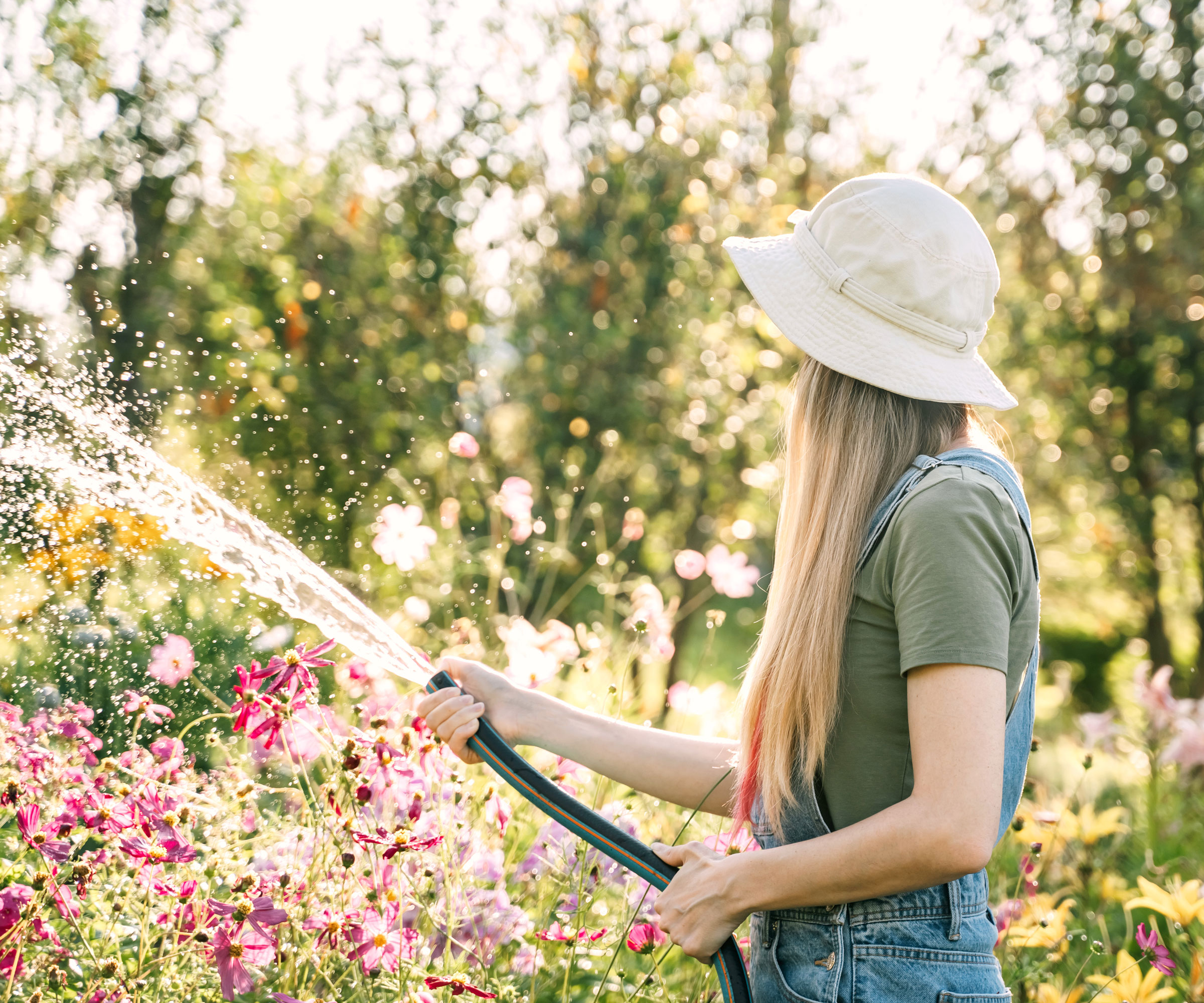
4. Water wisely
Choose new perennials and other plants that don’t require a lot of water. Do not water in the middle of the day. Do not use overhead sprinklers. Install a drip irrigation system, like this easy kit from Home Depot that our Content Editor Laura Walters has used for years, that will target moisture directly to plant roots.
5. Right plant, right place
When selecting plants for your landscape, carefully research so you know their care needs, mature size, site requirements, and other essential facts. By knowing this you can avoid selecting a plant that will under perform in your garden.
As you go about adding plants to the garden, consider their maintenance requirements and resource levels. Select plants with few care needs and try to add drought-tolerant plants and native species. You can find a wide variety of gorgeous, low-maintenance native plants in the Gardening Know How Shop.
Bring in diversity to attract pollinators and enhance the ecology of your landscape. Do not crowd plants or plant them in a site that doesn't suit them. Avoid selecting non-native species which take more resources than native flowers that are just as beautiful. Group plants with the same water and light needs together.
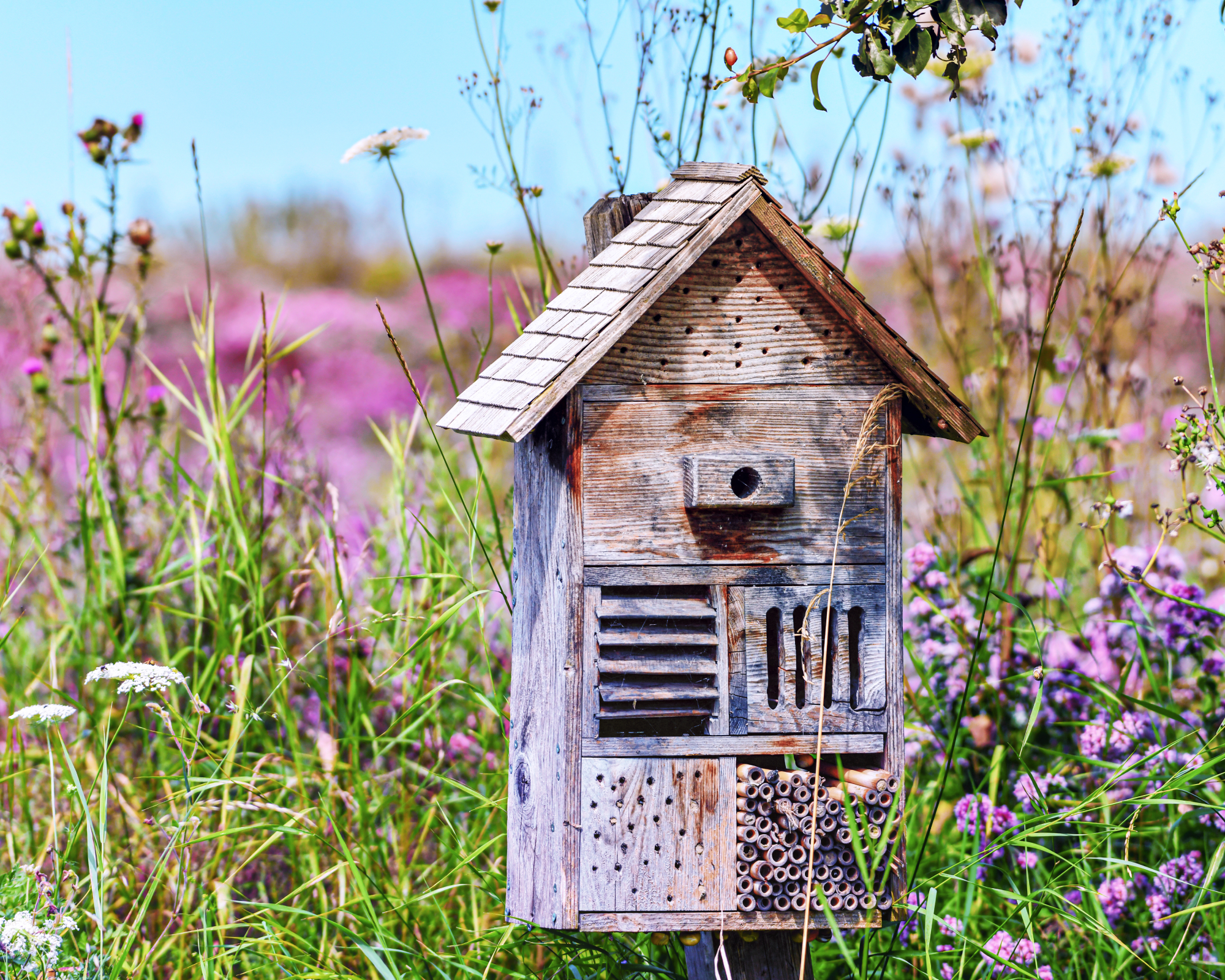
6. Practice organic gardening
By practicing organic gardening and reducing your use of chemical pesticides and fertilizers, you can protect the natural water system. Excessive use of synthetic and chemical products run off into the groundwater and can get into streams and rivers. These can cause algal blooms, poison wildlife, and end up destroying ecosystems.
Whenever possible use organic methods for herbicides and insecticides, like insecticidal soaps. Dispose of chemicals properly at your local hazardous waste disposal site and never pour them down a drain.
This article features products available from third party vendors on the Gardening Know How Shop. Keep in mind that our plant inventory is limited—so if you’re thinking of purchasing, don’t wait!

Bonnie Grant is a professional landscaper with a Certification in Urban Gardening. She has been gardening and writing for 15 years. A former professional chef, she has a passion for edible landscaping.
- Laura WaltersContent Editor